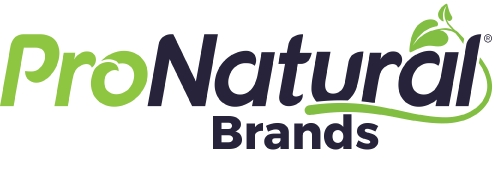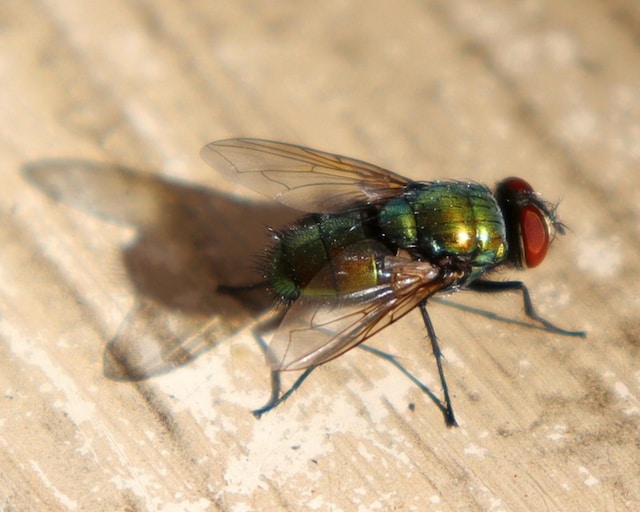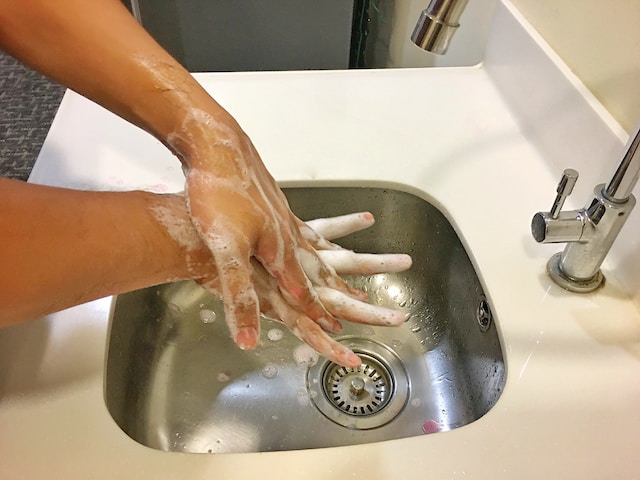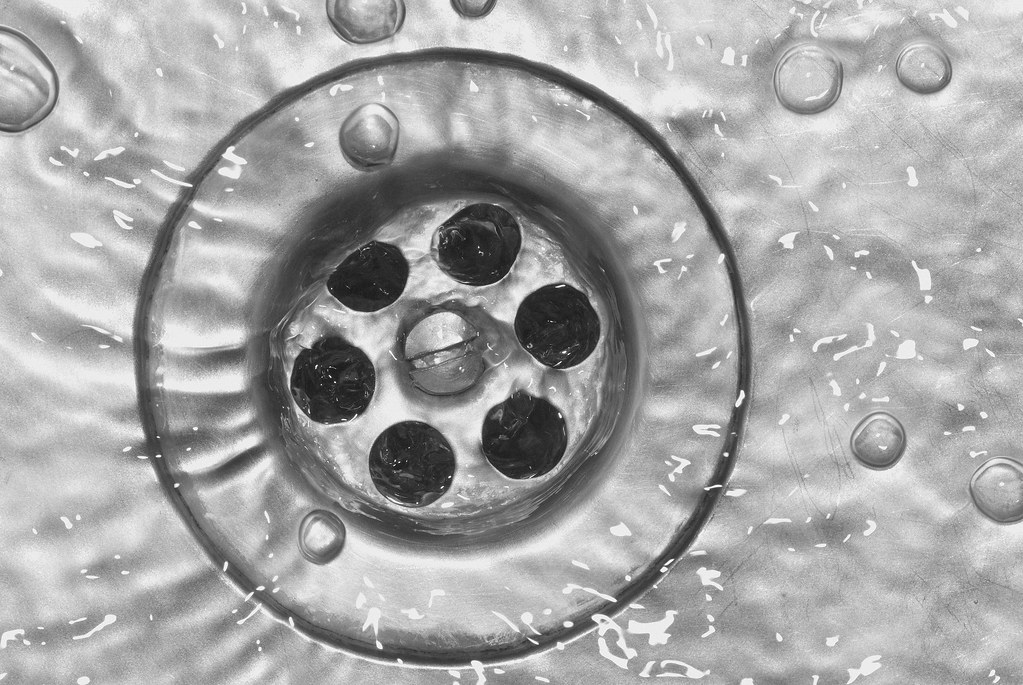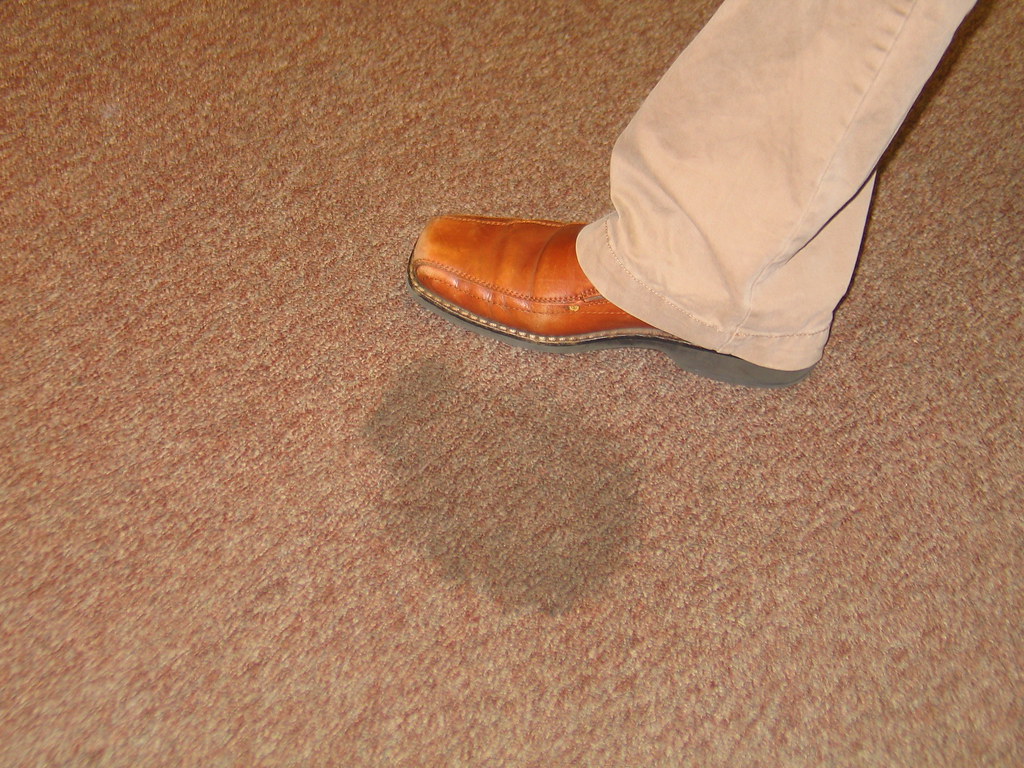In home and commercial kitchens, almost every cooking tool is used to prepare Christmas dinner. But now that the cooking’s done, comes the cleaning. Some of us were surprised to discover that we need to learn how to properly clean one of our most essential kitchen tools — the cutting board.
Cutting boards are exposed to raw meat, poultry, and fresh produce at Christmas and throughout the year. If not cleaned properly, there is a risk of food poisoning. To address this, the U.S. Department of Agriculture recommends washing cutting boards, porous and non-porous, with hot, soapy water after each use. This can help reduce bacteria on the board’s surface but also can lead to unexpected problems.
For instance, soapy water can leave a chemical residue on the board even if rinsed and dried, and that residue can attract soils and contaminants, potentially transferring germs and bacteria from the board to the next item we cook.
Further, soaps were never designed to eliminate (kill) germs and bacteria. They are used primarily for cleaning, and according to the Centers for Disease Control and Prevention (CDC), what they do is help remove foreign materials, organic matter, and visible soils from surfaces such as cutting boards.
Soap does not eliminate germs and bacteria from a surface. As a result, more than just cleaning with soapy water is needed to ensure the cutting board is safe. So, how do we ensure our cutting boards, whether used at home or in a commercial kitchen, are safe, clean, and healthy?
Among the steps to take to keep cutting boards clean and healthy are the following:
Wash and Rinse
Remember to thoroughly rinse the board. While washing will not eliminate germs and bacteria, washing with a detergent and hot water is the essential first step in cleaning the board. Eventually, we will sanitize the board (more about this later), but what we need to know now is that removing as much soil from the board is necessary for the sanitizer to work effectively.
Air Dry
Once the board is washed and rinsed, it should not be placed back in the cupboard or on a countertop. It needs to air dry. Standing the board up allows all sides of the board to dry correctly. If the board is left to dry on a flat surface not only can germs and bacteria build up on the board’s surface but some boards will begin to warp.
Sanitize
With the board washed, rinsed, and air dried, what is necessary now is to sanitize the board.
Sanitizing will eliminate enough germs and bacteria to ensure that the board is safe to use. Disinfectants should not be used. Many disinfectants contain potentially harmful ingredients. We don’t want those ingredients transferred to our food.
Research shows that a citrus-based cleaning agent is one of the best ways to sanitize a cutting board. Citrus-based cleaning solutions are made from limes, lemons, and other citrus food items. They are safe to use on a cutting board; the sanitizer eliminates almost all germs and bacteria within 30 seconds, and unlike with other types of sanitizers, the board does not need to be rinsed after sanitizing.
Cleaning and Sanitizing Frequency
Finally, when cooking a large dinner, such as for Christmas, the cutting board should be washed and rinsed after each use. In other words, if cutting fruits, wash and rinse the board before using it to cut vegetables. The same goes for meat. Wash and rinse after cutting meat and before using it again to cut poultry. The steps mentioned earlier should be taken at the end of all cooking and cutting activity. And, if the board has not been used for a while, clean and sanitize it again before use. A citrus-based cleaning solution is typically the easiest and fastest way to do this.
